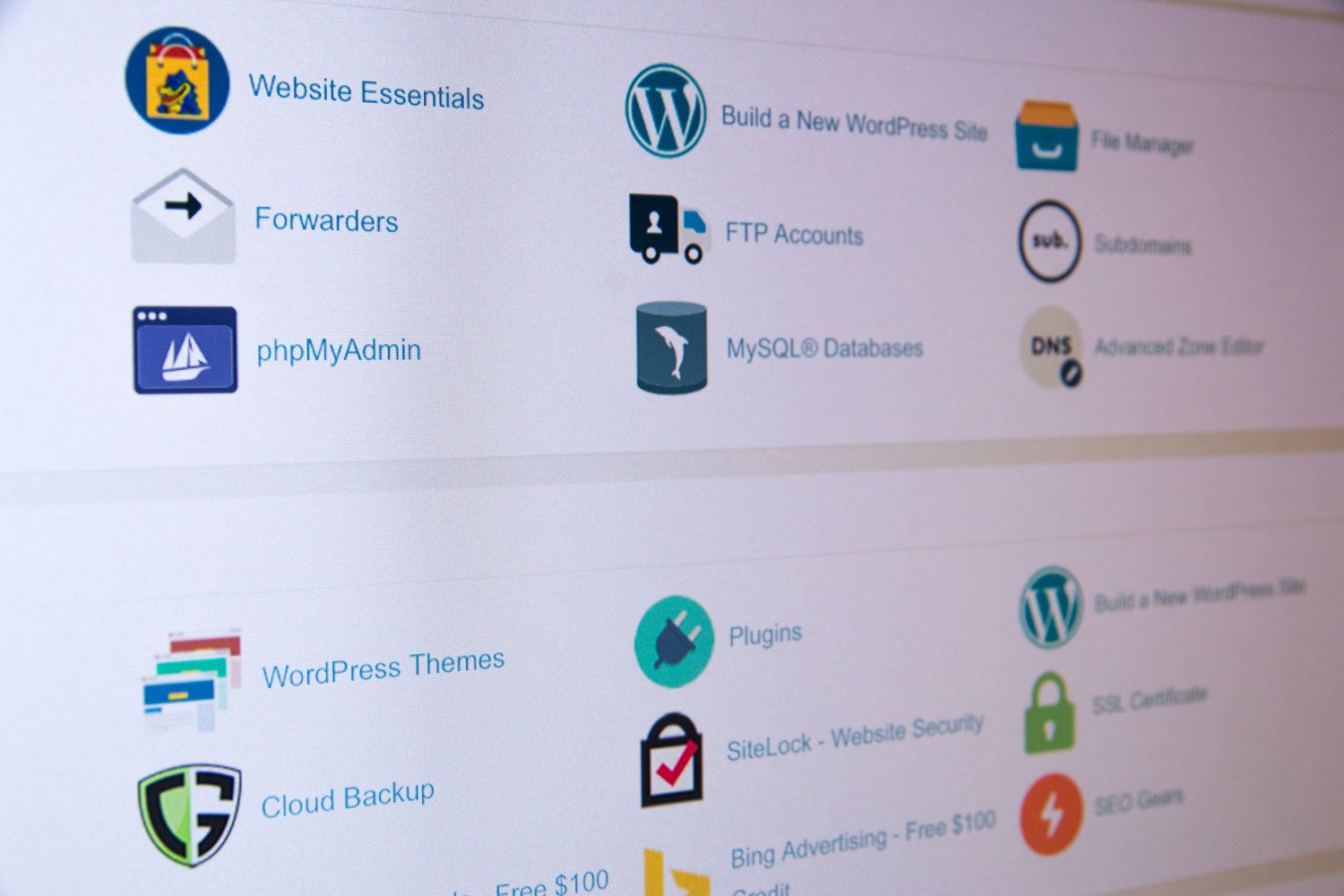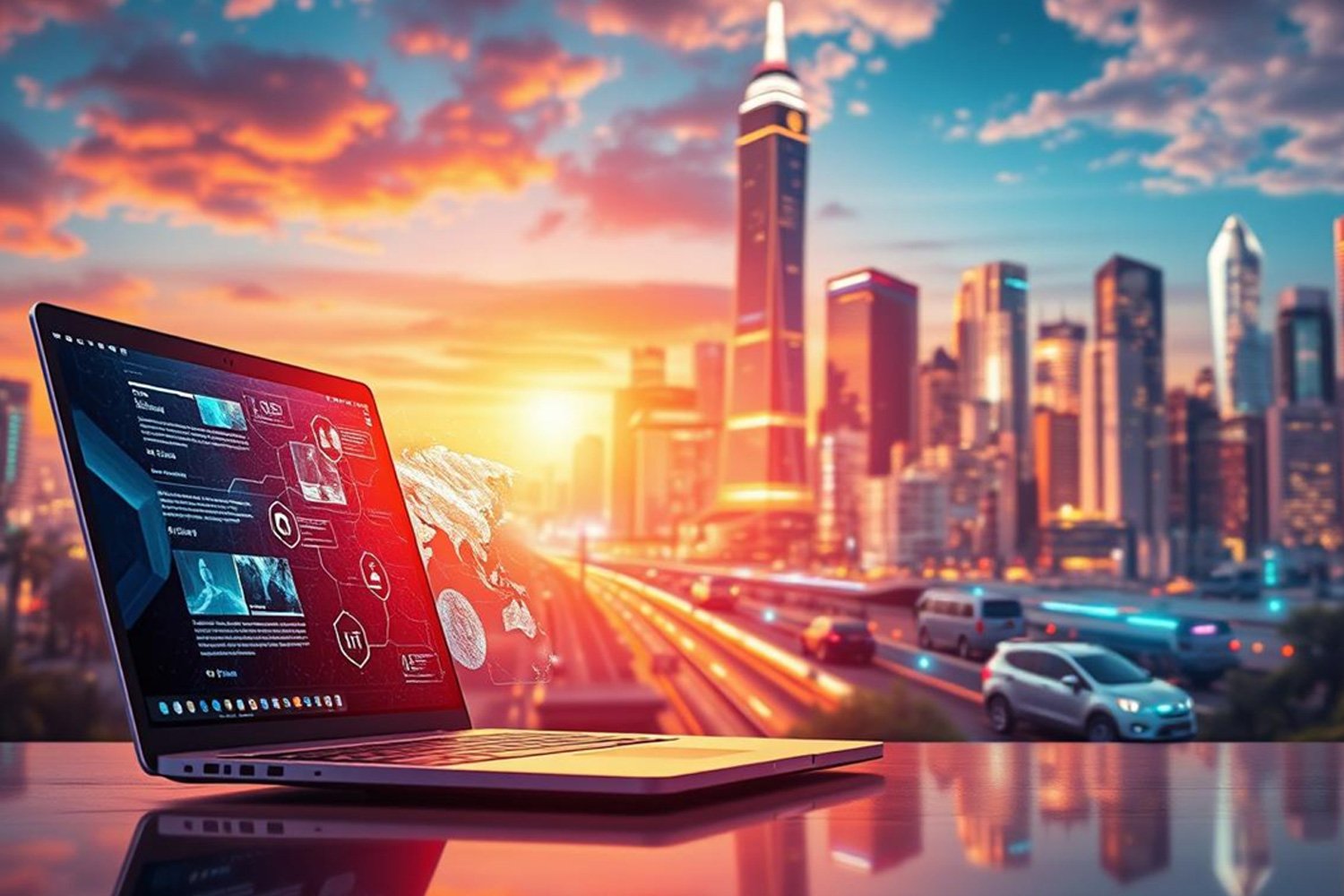In the digital age, sustainability is no longer just a buzzword—it’s a responsibility. Websites contribute to carbon emissions through energy-intensive servers, data transmission, and inefficient designs. As a WordPress developer or website owner, you can make conscious choices to reduce your digital carbon footprint. In this guide, we’ll explore actionable eco-friendly web development practices that align with sustainability goals.
Why Sustainability in Web Design Matters
The internet may feel intangible, but its environmental impact is significant. Every search, download, or website visit requires energy. According to recent studies, the internet contributes around 3.7% of global greenhouse gas emissions. By adopting eco-friendly web design practices, you can:
- Reduce server energy consumption.
- Improve site performance and user experience.
- Align your brand with environmentally conscious values.
1. Choose Green Hosting Providers
The foundation of sustainable web design starts with hosting. Opt for providers that use renewable energy or carbon offset programs. Popular green hosting options include:
- GreenGeeks
- SiteGround
- Kinsta (powered by Google Cloud’s renewable energy)
A green hosting provider ensures your website operates with minimal environmental impact.
2. Optimize Images for Web Performance
Large images can slow down your website and increase energy consumption. To optimize images:
- Use formats like WebP for reduced file sizes.
- Compress images with tools like TinyPNG or ShortPixel.
- Implement lazy loading to only load images when they’re needed.
3. Implement Efficient Coding Practices
Efficient coding not only improves site performance but also reduces energy usage. Follow these tips:
- Minify CSS, JavaScript, and HTML files.
- Remove unused code and plugins.
- Use lightweight frameworks and themes.
4. Leverage Content Delivery Networks (CDNs)
CDNs reduce the distance between your server and the user, leading to faster loading times and lower energy consumption. Popular CDN providers include:
- Cloudflare
- StackPath
- BunnyCDN
5. Prioritize Mobile-First Design
With over half of web traffic coming from mobile devices, designing for mobile-first ensures:
- Faster load times.
- Reduced data transfer.
- Better user experiences.
6. Use Eco-Friendly Themes and Plugins
Not all WordPress themes and plugins are created equal. Choose ones that prioritize efficiency:
- Look for lightweight themes like Astra or GeneratePress.
- Avoid plugins with unnecessary bloat.
- Regularly audit your plugins to remove those you no longer need.
7. Optimize Server Settings
Efficient server configurations can reduce energy consumption. Tips include:
- Enable caching to serve static versions of your website.
- Use GZIP compression to reduce file sizes.
- Configure your server for HTTP/2 or HTTP/3 protocols for faster data transfer.
8. Encourage User Sustainability
Educate your users about sustainability. Consider adding features like:
- Dark mode: Reduces energy consumption on OLED screens.
- Energy-saving tips within your blog or website content.
9. Monitor Website Performance
Regularly monitoring your site helps identify inefficiencies. Use tools like:
- Google PageSpeed Insights
- GTmetrix
- Pingdom
These tools provide actionable insights to enhance performance while reducing energy use.
10. Offset Your Website’s Carbon Footprint
Even with the best practices, websites still consume energy. Consider offsetting your carbon emissions by:
- Purchasing carbon credits.
- Partnering with organizations like ClimatePartner or Ecologi.
- Promoting environmental initiatives on your website.
At Webyant, we’re dedicated to providing quality and affordable web development solutions with sustainability in mind. Our team ensures your WordPress site is not only high-performing but also eco-friendly, helping you contribute to a greener internet.
Looking to make your WordPress site more sustainable? Contact Webyant today for expert advice and development solutions.
FAQs About Eco-Friendly WordPress Practices
1. What is sustainable web design?
Sustainable web design focuses on reducing a website’s environmental impact by optimizing performance and energy efficiency.
2. How can I reduce my website’s carbon footprint?
Use green hosting, optimize images and code, enable caching, and consider offsetting carbon emissions.
3. Are eco-friendly practices expensive to implement?
Not necessarily. Many sustainable practices, like optimizing images or minifying code, are free and improve site performance.
4. Which plugins help with WordPress sustainability?
Plugins like WP Super Cache, ShortPixel, and Autoptimize enhance efficiency and performance.
5. Why should I care about sustainable web design?
Beyond reducing environmental impact, sustainable design improves user experience, aligns with green values, and can boost SEO rankings.



